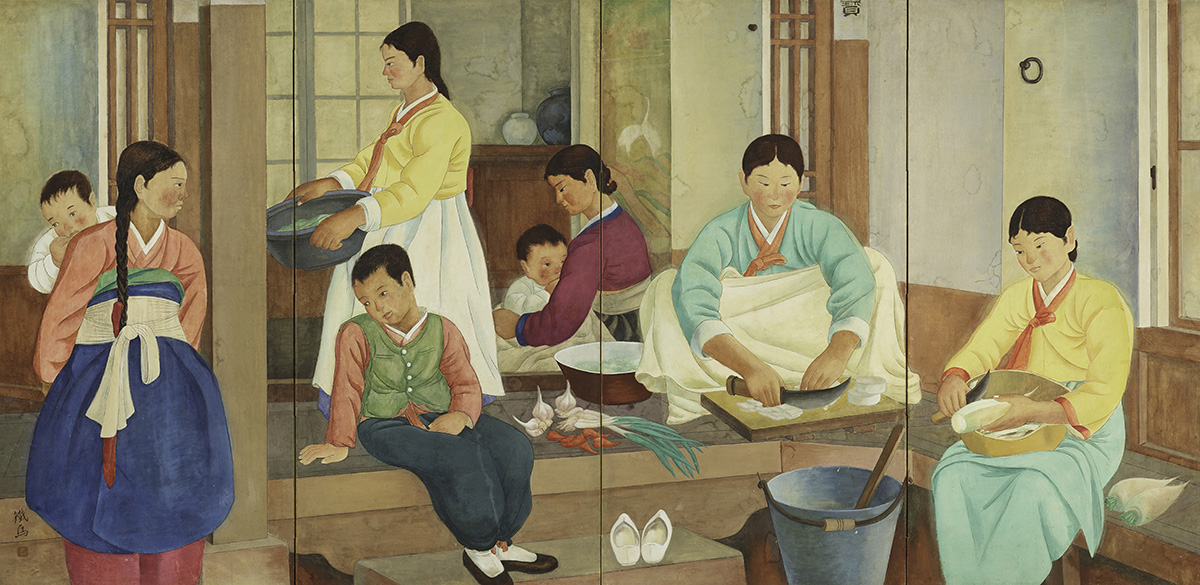
Kim Junghyun, Springtime, 1936, Color on paper; four-panel folding screen, 106×54.2×(4)cm. MMCA collection
Kim Junghyun
* Source: Multilingual Glossary of Korean Art. Korea Arts Management Service
Related
-
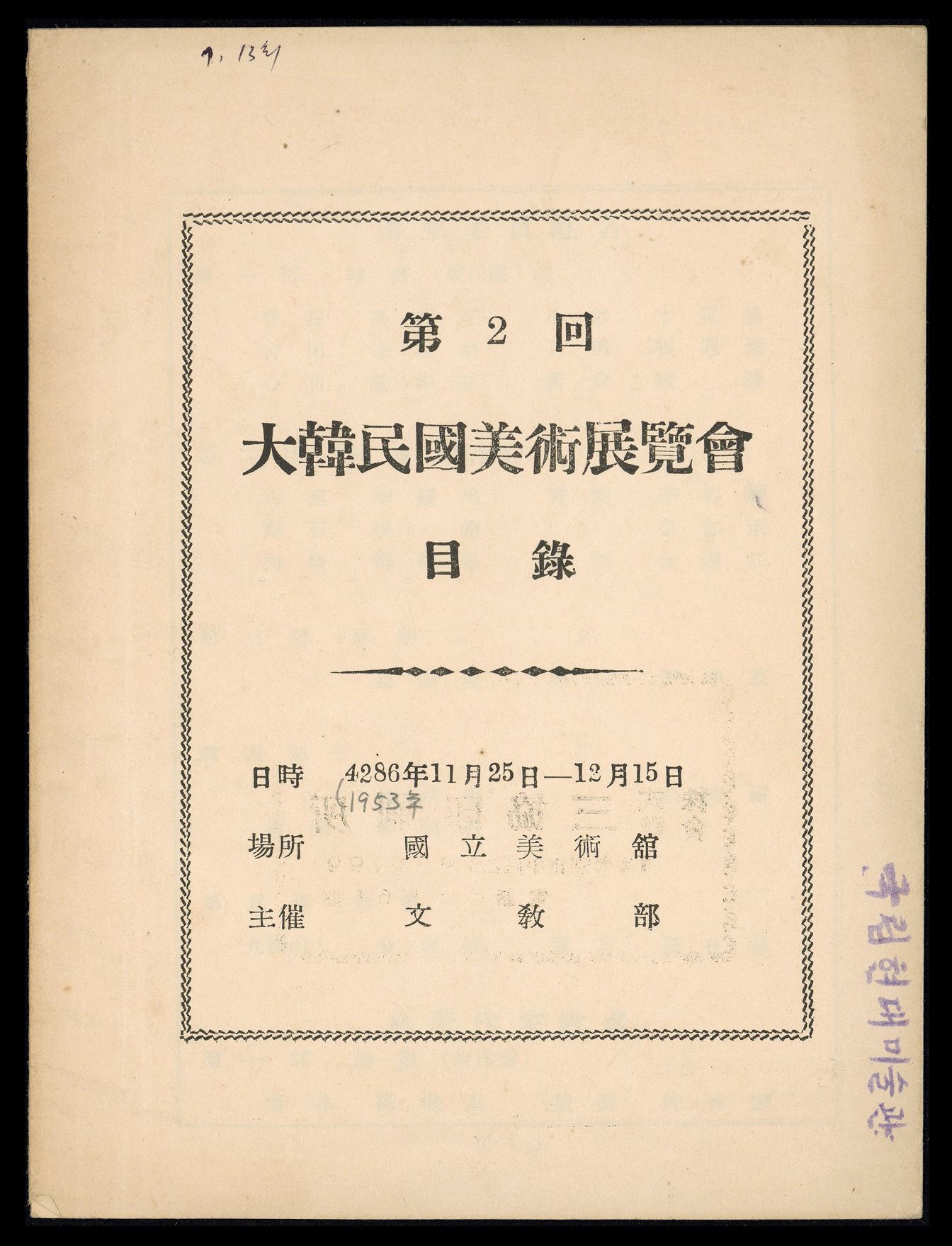
National Art Exhibition
A government-hosted exhibition held 30 times from 1949 to 1981, also known by the shorter name Gukjeon. Following national independence, the exhibition was the primary means for young and emergent Korean artists to achieve recognition. The influence of the exhibition declined as a result of the emergence of non-figurative art during the 1970s, the increased opportunities for artists to participate in overseas exhibitions, and the rise of private exhibitions and galleries.
-
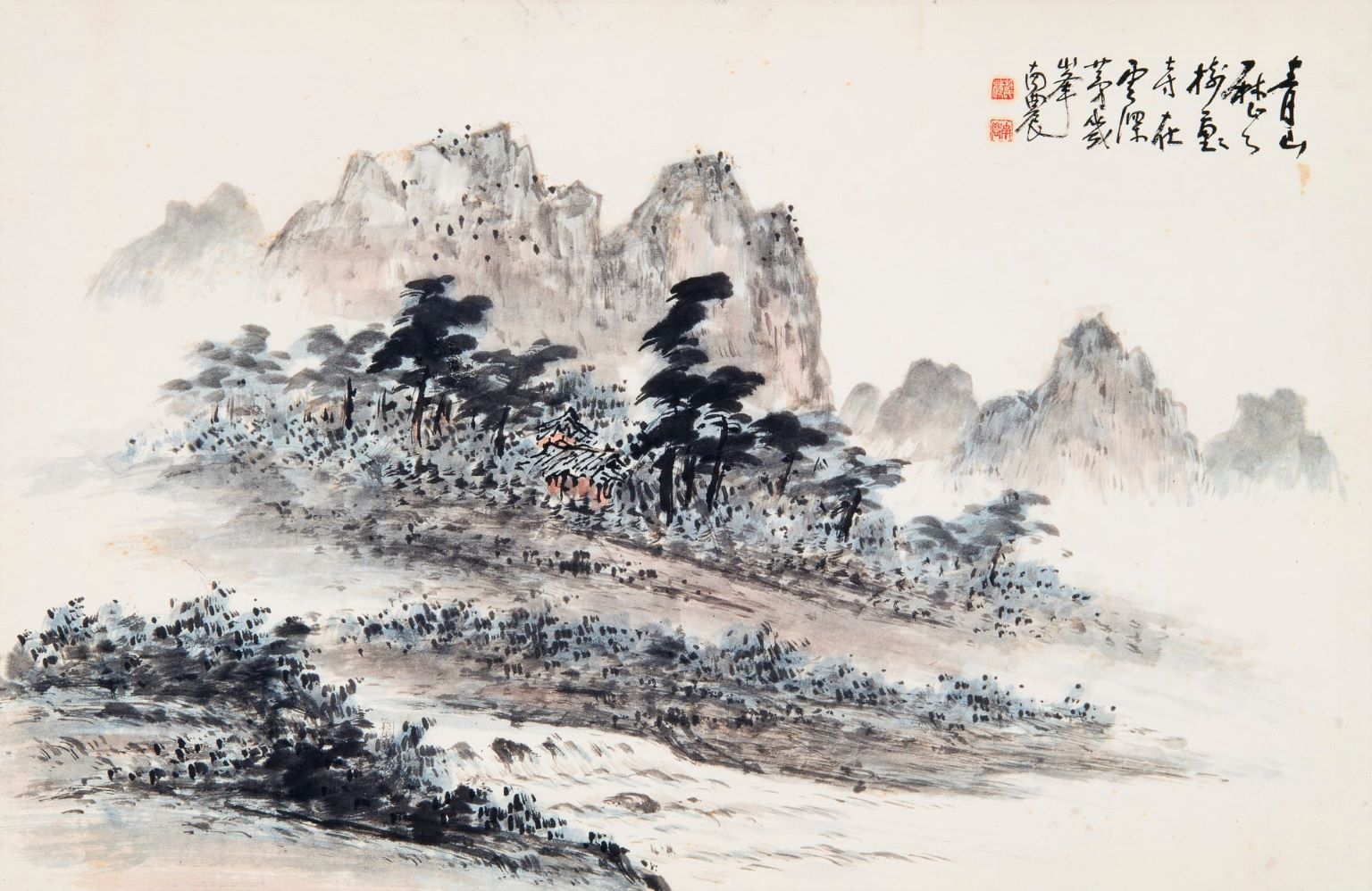
Eastern painting
Eastern painting (dongyanghwa) refers to the overall body of works created using traditional East Asian materials and methods, in contrast to Western painting. In Korea, Byeon Yeongro’s essay “On Eastern Painting” published in Dong-A Ilbo on 7th, July, 1920 was the first use of the term. The term then began to be used in Japan first to distinguish Oriental style paintings from Western ones. Until the late Joseon era, both calligraphy and painting were categorized under the term seohwa, but during the Japanese occupation of Korea in 1922, the first Joseon Art Exhibition [Joseon misul jeollamhoe] divided the painting section into Western and Eastern styles. Thereafter, the term Eastern-style painting entered official use in the country. After independence, the National Art Exhibition (Gukjeon) continued to use the term “Eastern painting,” but since 1970, numerous arguments were made to replace it with "Korean painting," because the term was imposed unilaterally during the Japanese colonial era.
Find More
-
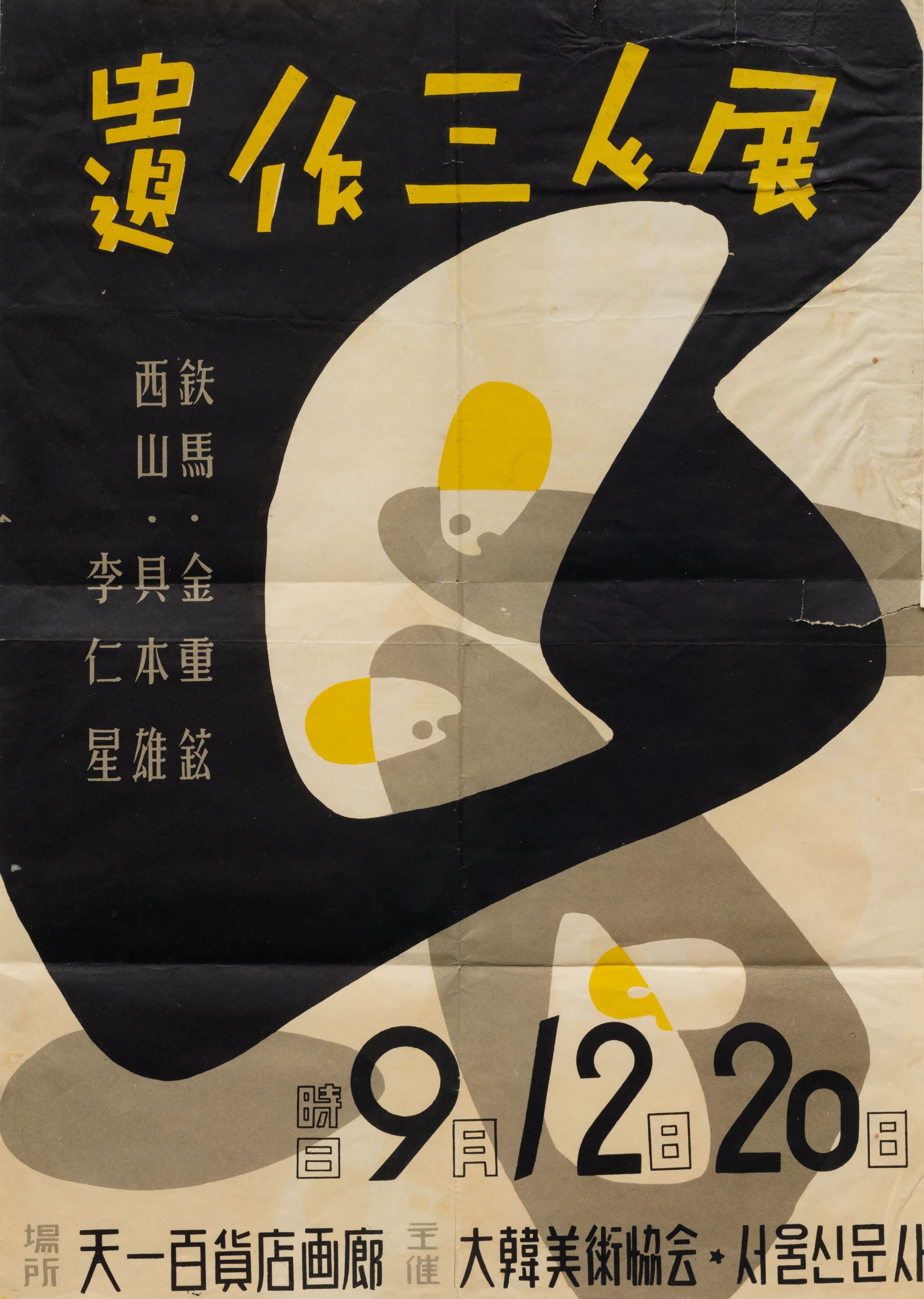
Cheonil Gallery
A gallery that opened in July 1954 on the fourth floor of the Cheonil Department Store, which was located in Jongno 4-ga, Seoul. The gallery was established by Lee Wansuk, an alumnus of the Department of Design at the Taiheiyo Art School of Tokyo, for the purpose popularizing art culture. The gallery engaged in a wide range of activities: art sales, art loaning, appraisal, introducing Korean art overseas, holding lectures on art, and mounting artwork. The inaugural exhibition was the Contemporary Artists Exhibition, which featured 40 artists active in Eastern art, Western art, and sculpture. The 2nd exhibition drew attention for featuring the posthumous work of Kim Junghyun, Gu Bonung, and Lee Insung, but the gallery closed after about six months.
-
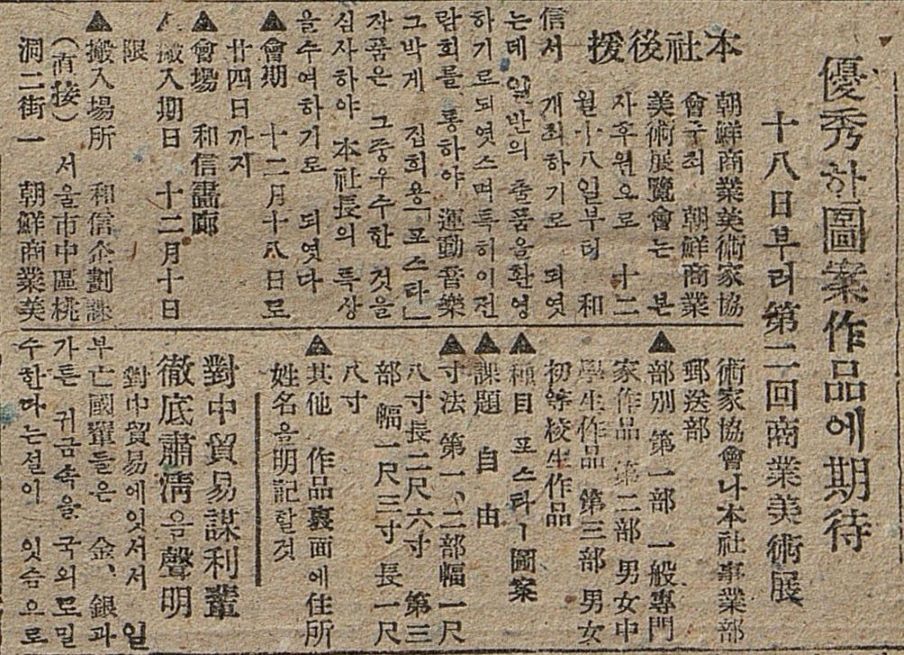
Korean Commercial Art Association
A commercial art association established in March 1946. Kim Junghyun was appointed as the president and administrator; Yang Jae-hyeon as director; and Oh Ju-hwan, Yang Gyu-hui, and Jo Bong-hyeon as assistant administrators. Its doctrine consisted of the following points: "[1] We will strengthen our artistic spirit and achieve significant progress in our national culture. [2] We, as commercial artists, will contribute to the grand project of the formation of a new Joseon [Korea]." In May, the association held their first group exhibition at the Hwasin Gallery. And again in December, the association held a second group exhibition at the same gallery. Kim Junghyun, the president, was a talented artist who had continuously submitted his artworks to the Joseon Art Exhibition during the colonial era, and after independence he continued to serve as a panel judge for the crafts segment of the National Art Exhibition of Korea.






